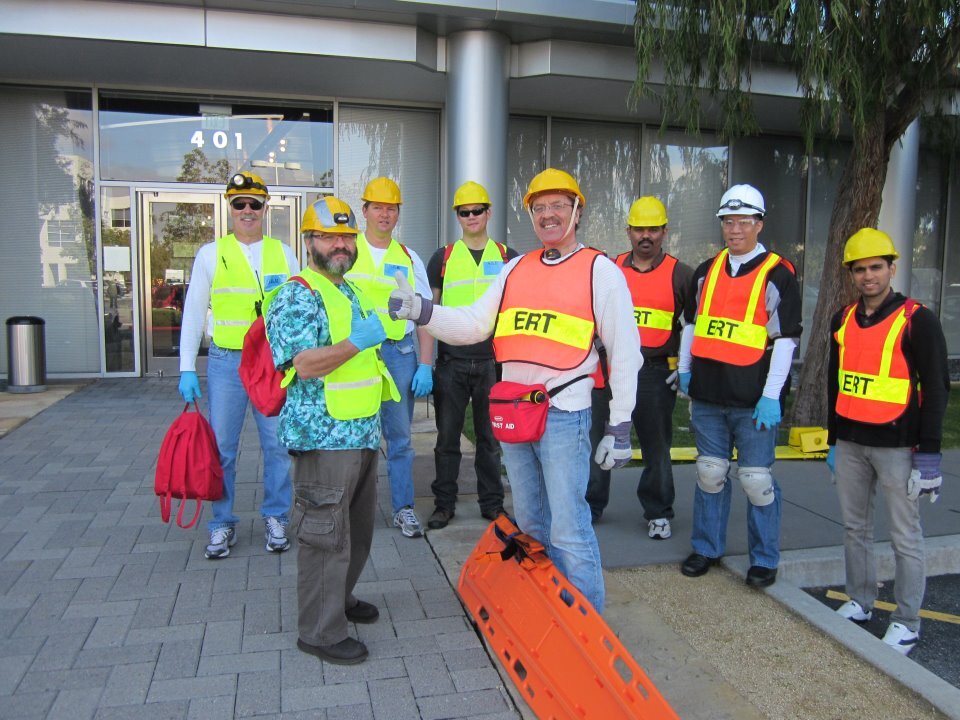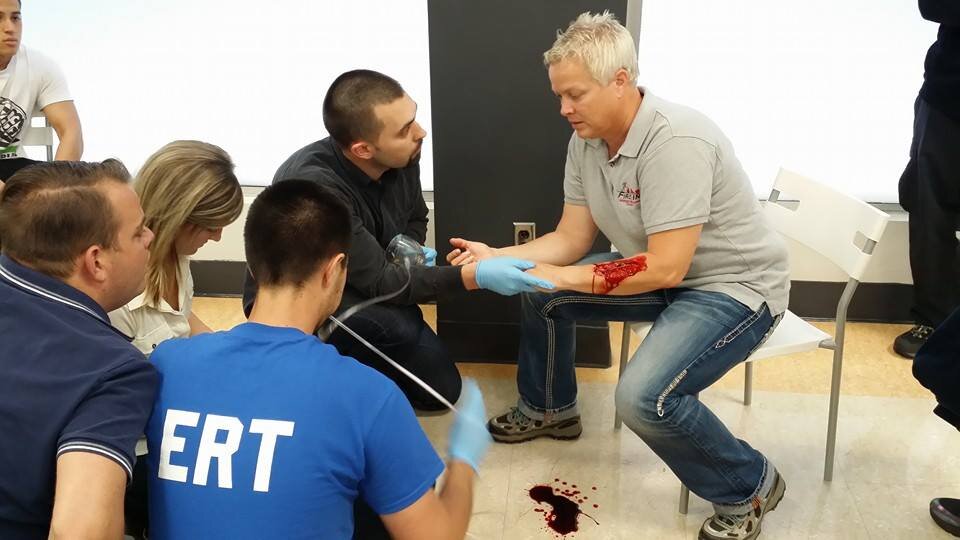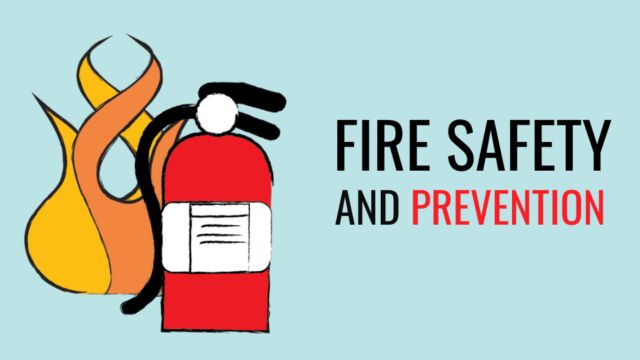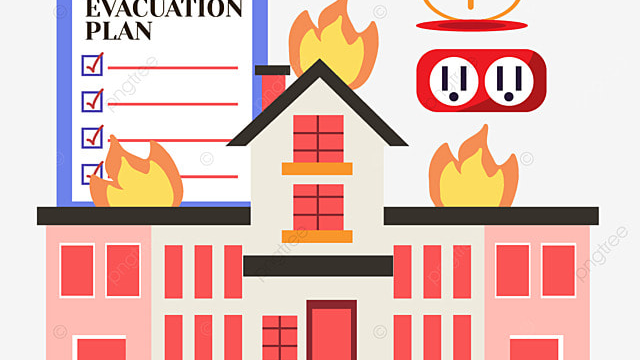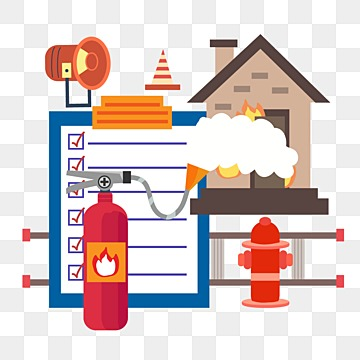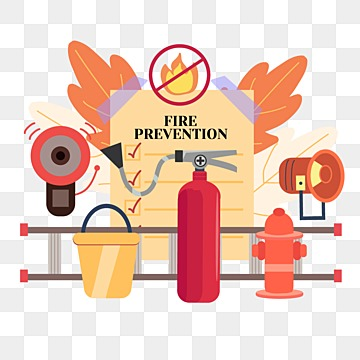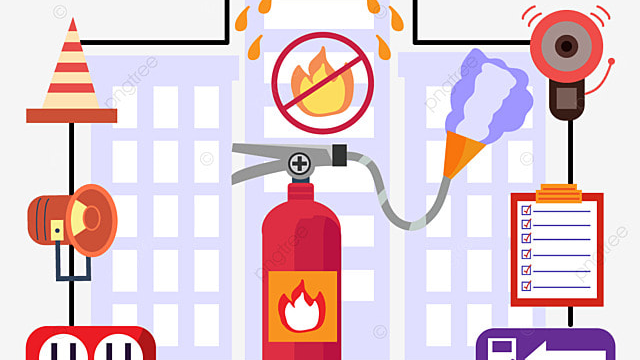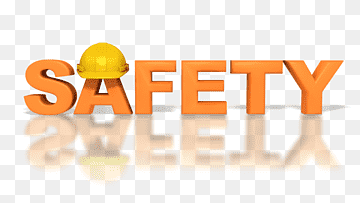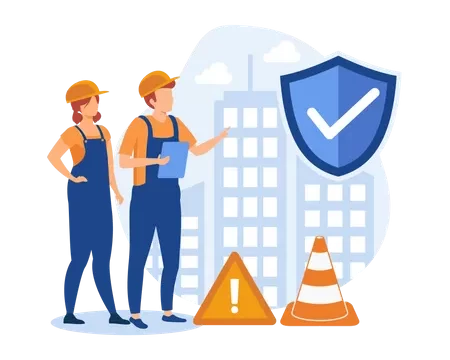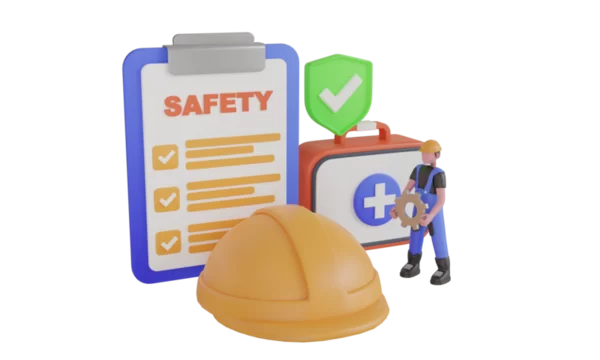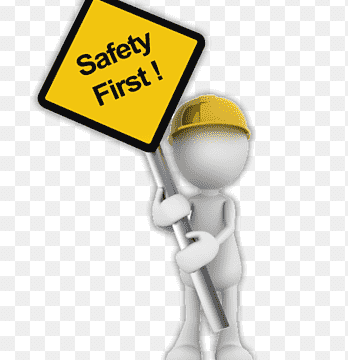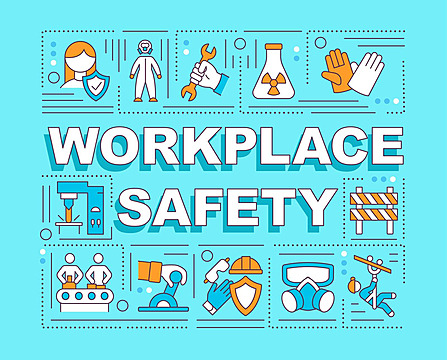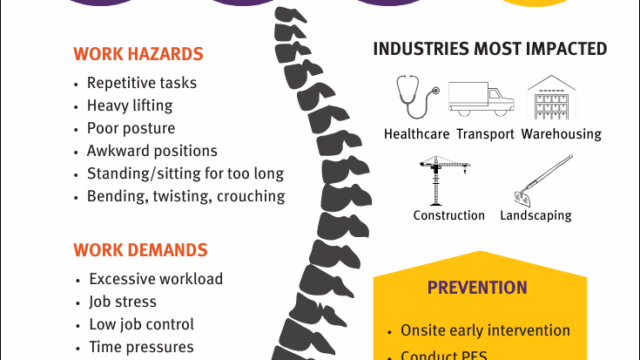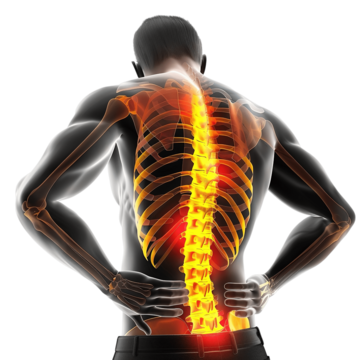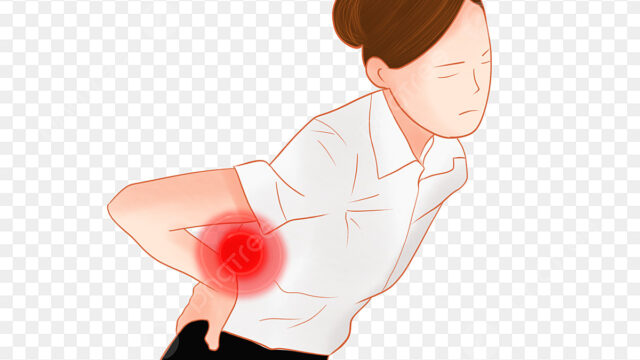Popular
Emergency Response Team (ERT) Training
Description
Emergency Response Team (ERT) Training
Course Duration:
2 Days (16 Hours)
Course Objectives
- Equip participants with knowledge of emergency response protocols and procedures.
- Develop situational awareness and decision-making skills in crisis situations.
- Train participants in using emergency equipment and tools effectively.
- Enhance teamwork and communication during emergencies.
- Provide hands-on experience in responding to various types of emergencies (e.g., fire, medical, chemical spills, natural disasters).
Learning Outcomes
By the end of this course, participants will be able to:
- Understand the roles and responsibilities of an Emergency Response Team.
- Identify potential hazards in the workplace and mitigate risks effectively.
- Demonstrate proficiency in using fire extinguishers, first aid kits, and other emergency tools.
- Apply emergency evacuation and rescue procedures.
- Respond appropriately to different types of emergencies, including fires, medical incidents, and hazardous material incidents.
- Communicate clearly and effectively during emergency scenarios.
- Conduct post-incident debriefing and reporting.
Course Outline
Day 1: Theoretical Foundation
- Module 1: Introduction to Emergency Response Teams
- Purpose and importance of ERTs
- Roles and responsibilities
- Module 2: Workplace Risk Assessment
- Identifying hazards
- Conducting risk assessments
- Mitigation strategies
- Module 3: Emergency Preparedness
- Creating an emergency action plan
- Communication systems and protocols
- Module 4: Types of Emergencies
- Fire incidents
- Medical emergencies
- Chemical and hazardous material spills
- Natural disasters
Day 2: Practical Application
- Module 5: Fire Safety and Suppression
- Hands-on fire extinguisher training
- Fire evacuation drills
- Module 6: First Aid and CPR
- Basic first aid techniques
- Cardiopulmonary resuscitation (CPR) training
- Managing fractures, burns, and other injuries
- Module 7: Hazardous Materials Handling
- Identifying hazardous substances
- Proper handling and disposal techniques
- Emergency containment procedures
- Module 8: Simulated Emergency Scenarios
- Team-based mock drills
- Crisis communication exercises
- Debriefing and lessons learned
Training Methodology
- Lectures and Presentations:
- Engaging, multimedia-supported presentations to explain concepts and protocols.
- Group Discussions:
- Encouraging participants to share experiences and insights to reinforce learning.
- Hands-on Practice:
- Practical demonstrations and supervised practice with equipment such as fire extinguishers and first aid kits.
- Scenario-Based Learning:
- Role-playing and simulation exercises to replicate real-life emergencies.
- Assessments and Feedback:
- Pre- and post-training assessments to measure learning outcomes.
- Constructive feedback provided during practical exercises and simulations.
- Training Materials:
- Comprehensive manuals, checklists, and reference guides provided to participants.
Location
Review
Write a ReviewThere are no reviews yet.


